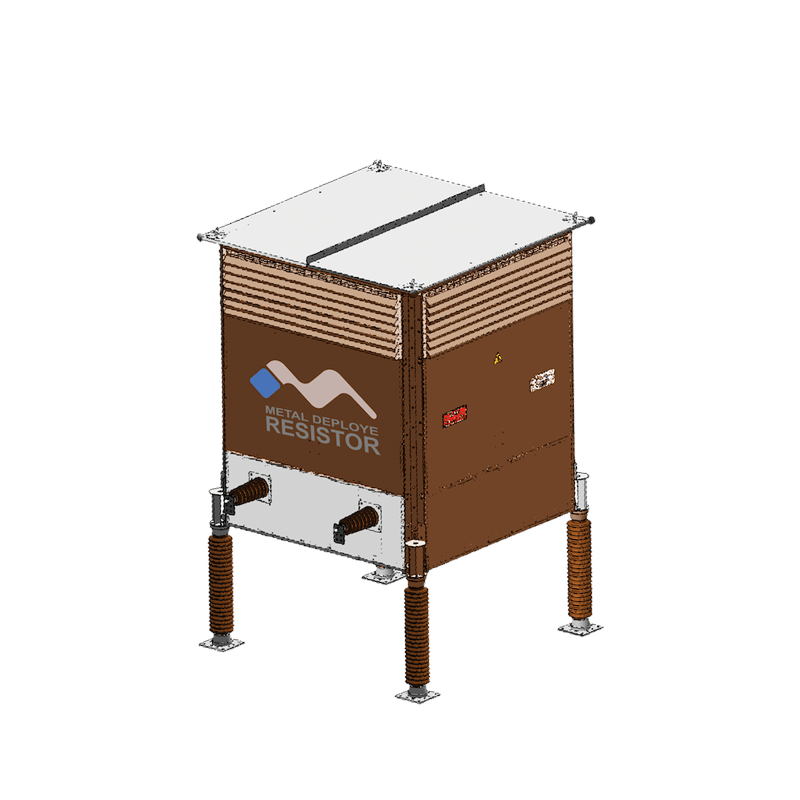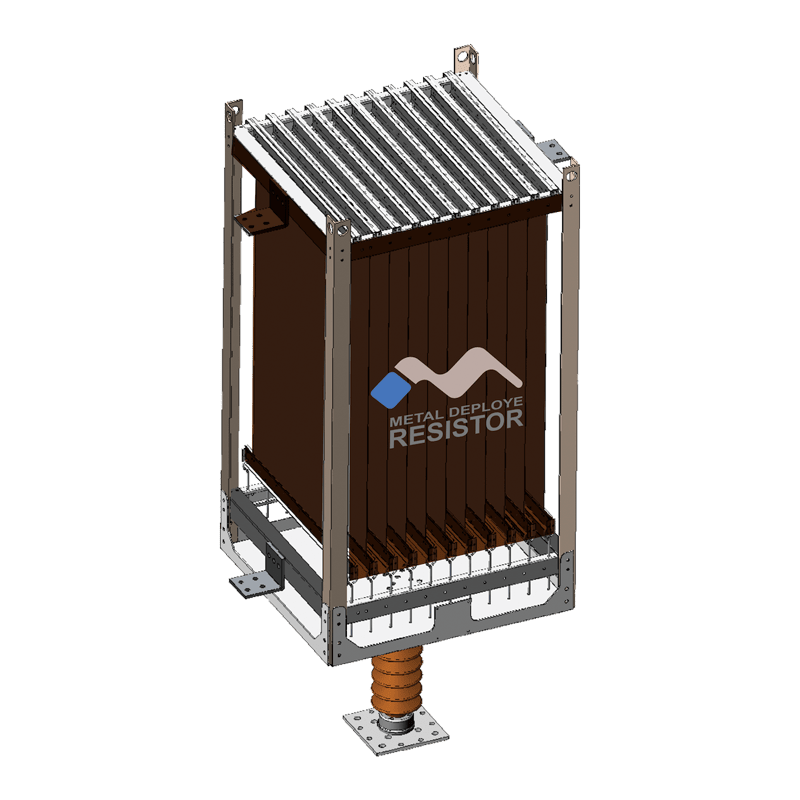Contents
What challenges do these resistances respond to?
Provide reliable electricity and protect electrical systems
The challenge of electrical networks is to provide reliable electricity with low harmonic levels and appropriate protections.
However, high-power electrical installations for industrial direct current use often generate network disturbances. To improve the quality of the signal and therefore the efficiency of the installations, the objective is to remove unwanted harmonics. A role played by filters in which are integrated filter resistors, discharge, etc …
Resistors play an essential role in:
– start up and protect systems by limiting currents and absorbing energy,
– improve signal quality and the efficiency of installations by eliminating unwanted harmonics.
Respond to the different fields of intervention
We offer tailor-made resistances adapted to the different fields of intervention:
– Transmission voltage regulation
– Energy quality and increased transfers
– Reactive power control
– Stabilization of the tension
– Support dynamic tension
– Electric arc furnace, rolling mills, compressors
– Electric propulsion and systems
Filter resistors, HVDC, compensation

Two main families of resistance
HVDC Systems – Reactive Energy Compensation
Compensation resistors
Today, electricity producers and suppliers around the world face several challenges:
- Provide reliable energy,
- Generate a growing energy flow
- Deliver energy at a lower cost
- Will meet high energy quality requirements
There are 3 types of devices:
SVC (Static Var Compensator)
A high voltage system that dynamically stabilizes the grid voltage at its coupling point, in order to keep the grid voltage constant at a defined reference value. The main mission: to stabilize the voltage and reactive power control of transmission systems and system nodes or industrial energy distributions.
STATCOM (Static Compensator)
This device is used to compensate the reactive energy in the line, it is connected as a shunt. One of the advantages of STATCOM is to be able to provide a large quantity of reactive power even when the network voltage is low, unlike an SVC28. Its response time is also very low.
MSC / MSCDN or “Mechanically Switched Capacitors”
They are mechanically switched devices. They allow reactive power to be compensated and are more competitive. They are a robust solution for voltage control and grid stabilization under steady state conditions. The MSCDN also offers a damping network to avoid resonant conditions in the electrical system.

Charge / discharge resistance
| Filter circuit (MSCDN) Damping resistance |
SVC Damping resistance Charge / discharge resistance |
STATCOM Damping resistance Charge / discharge resistance |
|---|
AC / DC Filter Resistors – HVDC Resistors
AC / DC FILTERS: energy conversion
Current electrical equipment requires voltage stability and low harmonic distortion.
In HVDC LCC (back to back / point to point), the converter stations are polluted with numerous harmonic distortions. They can give rise to significant technical problems:
– Increased heating,
– Malfunction of control / remote management systems,
– Strong current in the phases,
– Resonance problems.
To correct this, it is necessary to filter using harmonic filters: alternating current – AC and direct current – DC filter. They are made up of 3 elements:
– capacitors,
– inductors,
– and the resistances .
HVDC SYSTEM, transmission of electricity in high-voltage direct current
In HVDC LCC (back to back / point to point), the converter stations are polluted with numerous harmonic distortions which must then be filtered: filter alternating current – AC and direct current – DC.
When switching on the HVDC VSC station, the pre-insertion resistor limits the charging current of the capacitors and the cable. When the station stops, the DC cable remains charged (High capacity), the energy must be discharged into a resistor (cable discharge).
When VSC is connected to wind farms for example, if the AC grid is faulty and cannot receive power, the wind turbines must be braked (DC Chopper).

Our range of tailor-made resistors
A range adapted to demand:
HVDC Classic (LCC)
– AC / DC filter resistor
– Blocking resistor
VSC-HVDC (light plus)
– Pre-Insertion Resistors (PIR)
– DC Chopper resistors
Additional resistors to the HVDC system
– Cable discharge resistors
– Blocking resistor
– Overvoltage resistance (DC overvoltage)
Static Var Compensation (SVC)
– Damping resistor
– Harmonic filtering resistors
STATCOM (Static Compensator)




Technical characteristics
Technologies used
– Expanded metal
– Woven canvas
Examples of electrical characteristics already installed
– BIL: up to 1550kV
– 2GW power
– 4000 A current
– Resistivity of 750 kOhms
Mechanical characteristics
– Connection type: sockets, insulators, bushing, PAD …
– Degree of protection: IP00 to IP54
– Adapted to severe environmental conditions (seismic, wind, pollution, temperature)
– Corrosive environment: C1 to C5
– Simple interface for concrete floor and elevation support available
Support throughout your project,
from design to training
Design and manufacture of resistors
– Project evaluation
– Design and manufacture of resistors in our workshop
Product testing & control
– Systematic routine internal tests
– Control before energization
Commissioning & after-sales service
– Control before energization
– Technical maintenance
– Retrofit
Training
Training of operators and technicians on site.
Our range of resistors meets the international standards .

A response to the needs of high voltage industries
METAL DEPLOYE RESISTOR is able to provide a technical solution adapted to the challenge of electrical networks, where high voltage needs are the most demanding . Our resistors are therefore mainly used in the following applications:
- Wind farms (voltage stabilization)
- Railway networks (“Dynamic Voltage support”)
- Band furnaces, rolling mills (especially in the steel industries)
- Mining industry (transporters and crushers)
- Oil and gas industries (compressors, pumps and drilling)
- Marine (diesel propulsion and electrical systems)

























